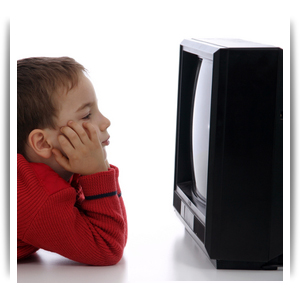 Darren examines a video, that recently resurfaced, revolving around the premise that the solar system is a vortex. Cristina sniffs out the facts on recent reports that peanut butter could be used for the early detection of Alzheimer’s disease. Finally, Adam takes a look at whether watching television close-up can harm your eyesight.
Darren examines a video, that recently resurfaced, revolving around the premise that the solar system is a vortex. Cristina sniffs out the facts on recent reports that peanut butter could be used for the early detection of Alzheimer’s disease. Finally, Adam takes a look at whether watching television close-up can harm your eyesight.
Download direct: mp3 file
If you like the show, please leave us a review on iTunes!
Is The Solar System A Vortex?
Can Peanut Butter Diagnose Alzheimer’s?
Vice: Why You Should Worry If You Can’t Smell Peanut Butter
Medical News Today: Alzheimer’s / Dementia Peanut butter could help diagnose Alzheimer’s disease
2015 Alzheimer’s Disease Facts and Figures
Wikipedia: Alzheimer’s Disease
Alzheimers.net: Peanut Butter Test
UCLA: Neuroscientist Who Developed The Myelin Model of Brain Disease
WebMD: Failing Sense Of Smell Might Be Alzheimer’s Warning
Can Watching TV Close-Up Harm Your Eyesight?
Vision Facts and Myths – KidsHealth
Can Sitting Too Close to the TV Damage Your Eyes? – American Academy of Ophthalmology
You’ll Go Blind: Does Watching Television Close-Up Really Harm Eyesight? – Scientific American








Great web site.
When I was a child in the 1970s the conventional wisdom was that it was a bad idea to sit too close to a TV set. I don’t remember many non-technical people offering any reason, and I don’t remember anyone saying it would harm the eyes.
You almost hit on the grain of truth behind the myth, but not quite. The underlying issue was x-rays, not radioactivity, and although only a very few sets were disastrously harmful, all 1950s-1960s sets gave off at least some x-rays.
The reason is that a high voltage rectifier tube such as the 1B3 was needed for the 25,000 volt (or thereabouts) power supply for the picture tube anode. Here is what the tube looked like by itself, outside the TV set, next to the box it came in when sold as a replacement part.
http://oddmix.com/tube0/px/1g3gt_1b3gt_sylvania.jpg
And here is a close-up of the side of the base of the tube, showing an x-ray warning.
http://www.oddmix.com/tech/px/vct_xray_emitters_p2.jpg
The high voltage power supply was enclosed in a shield in order to protect the user against x-rays, like the one in this picture.
http://www.earlytelevision.org/Etzold/images/T2000color_Hochspan3.jpg
I’m not sure when the shield was added to the design, but it was reasonable for people to be wary of 1950s-1960s sets as potential x-ray emitters.
Just as an aside, I found another reason to not be too close to an old-fashioned TV set which few people talk about. (This has nothing to do with the myth about sitting too close, so far as I know.) Old sets used to make noise, because parts of the horizontal oscillator circuitry effectively formed little tweeters and gave off sound at about 15,000 Hz. People are considered to be pretty amazing if they can hear 20,000 Hz and a lot of people can’t hear 15,000. Nonetheless, a lot of people can and some sets were so obnoxiously loud that I couldn’t stand to be in the same room with them. It is so nice that these new sets are smaller, use less power, don’t make unnecessary noise, have a better picture, and don’t emit x-rays!